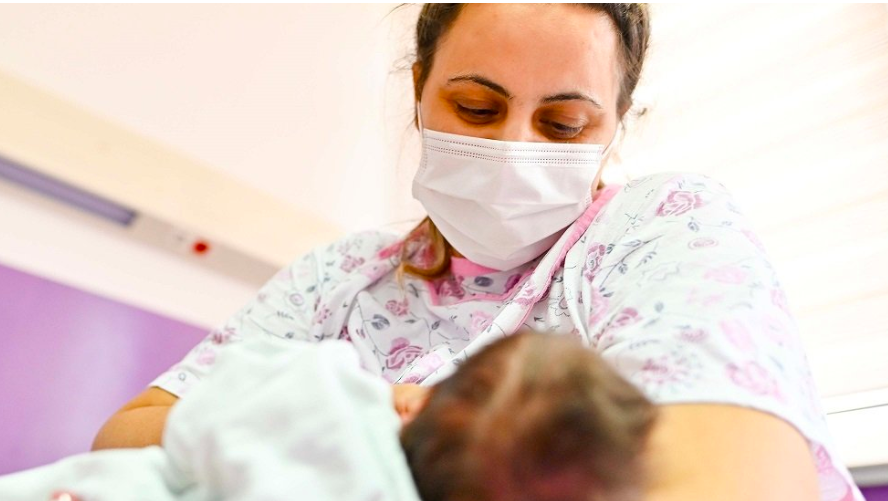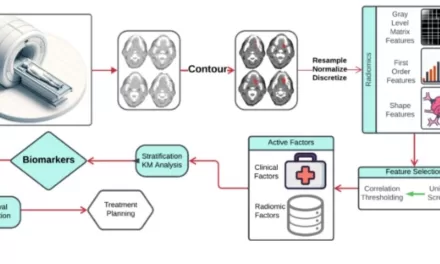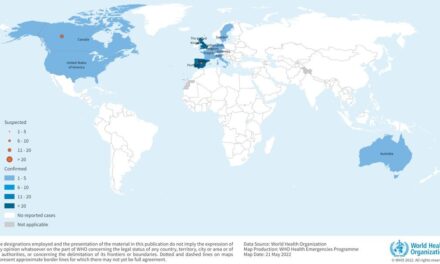
New data released by WHO and other United Nations agencies warn of stagnation in maternal mortality rates in some countries in Europe between 2016 and 2020, despite progress made over the past 20 years.
Maternal mortality is a key indicator of women’s health and a measure of a health system’s efforts to promote sexual and reproductive health. The new report “Trends in maternal mortality 2000 to 2020” uses available national data on maternal mortality from 2000 to 2020. It finds that progress in some countries slowed down or stopped between 2016 and 2020.
In 2020, around 1000 women in the WHO European Region died due to complications related to pregnancy or childbirth. “Each and every one of these deaths represents a heartbreaking loss of a woman or girl, and all the opportunities she could have had in the future. Maternal mortality is a devastating reality that can be prevented if women are provided with timely and adequate care during pregnancy and childbirth,” says WHO Regional Director for Europe Dr Hans Henri P. Kluge.
“We know that social determinants such as income, access to education, race and ethnicity put some groups at greater risk. Investments in the health system, such as in the right infrastructure and equipment, proper staffing, and the training of health providers, can lead to better outcomes. It is clear that to tackle this unfinished agenda, we need action from all sectors in society.”
Factors driving maternal deaths
The primary causes of maternal deaths include severe bleeding, preeclampsia or eclampsia, pre-existing medical conditions that can worsen during pregnancy (for instance, high blood pressure, cardiovascular diseases such as rheumatic heart disease, and other noncommunicable diseases), pregnancy-related infections, and complications resulting from unsafe abortions.
Maternal mortality rates seen in some countries in the Region are not necessarily linked to the COVID-19 pandemic, explains Dr Oleg Kuzmenko, Technical Officer for Sexual and Reproductive Health at WHO/Europe. However, he points out that more data are needed to fully understand the pandemic’s impact on maternal mortality.
“While a robust assessment of the pandemic’s impact on maternal mortality is not possible from the data currently available, it is crucial to ensure pregnant women and those planning pregnancies have access to lifesaving COVID-19 vaccines, as well as high-quality antenatal care that can help mitigate risks,” Dr Kuzmenko says.
Greater recognition and collective action are needed to address systemic health system issues that impede access to safe, quality, respectful and affordable sexual and reproductive health care. This is integral to safeguarding sexual and reproductive health and rights and critical to improving institutional trust and the use of sexual and reproductive health services.
In addition, the provision of quality health care by well trained health-care workers before, during and after pregnancy and childbirth, and the promotion of reproductive health decision-making for women and girls, are critical for empowering them and saving lives.
Maternal health a top priority for WHO/Europe
Improving maternal health remains a key priority for WHO/Europe. Health for all cannot be achieved until all patients, including mothers and newborns, receive the best and safest quality care. A strong focus should be on eliminating inequities in access to and quality of maternal care, and on ensuring universal health coverage. Successful implementation of universal health coverage is key to strengthening health systems.
WHO/Europe continues to work towards reducing maternal mortality through research, evidence-based guidance, global standards and technical support for countries to develop and implement effective policies and programmes.











